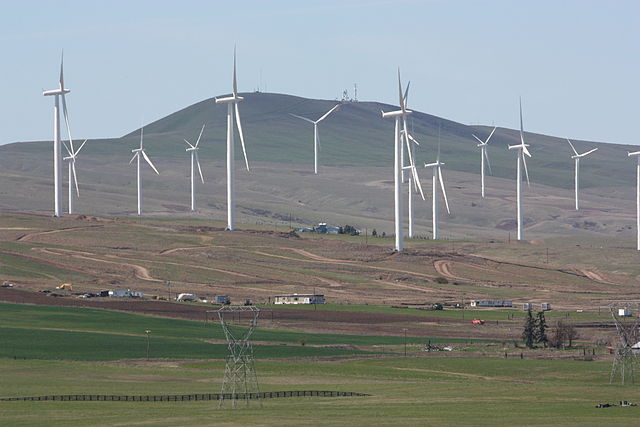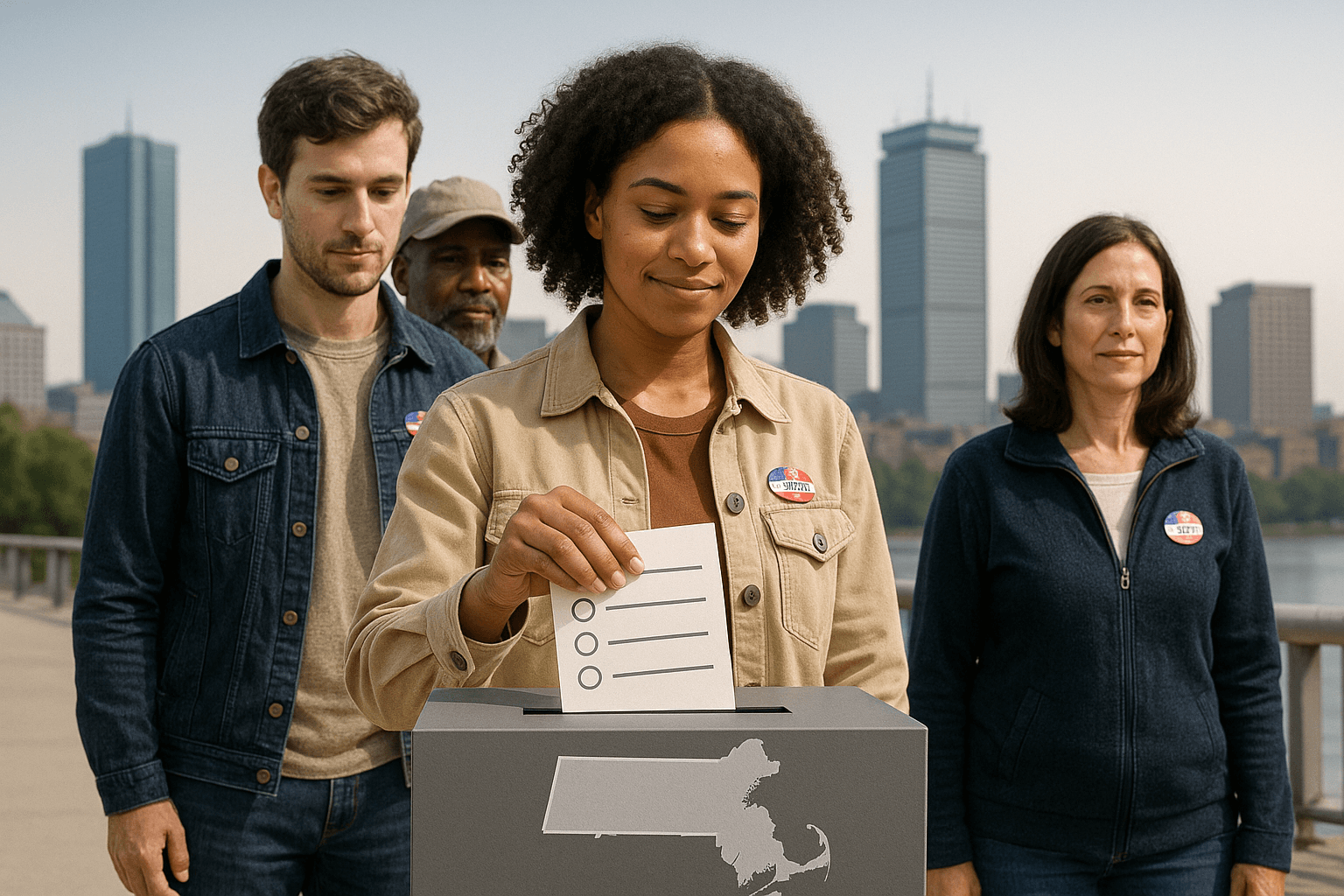American Wind Power Industry Needs Smarter Subsidies

The Washington Post has called on lawmakers to put innovation at the center of federal policies supporting wind power, in the latest endorsement of the findings in "Beyond Boom and Bust," a report by leading energy experts at the Breakthrough Institute, the Brookings Institution, and the World Resources Institute.
The endorsement followed congressional testimony on the role of government in energy innovation delivered last month by Breakthrough Institute Energy and Climate Policy Director and report co-author Jesse Jenkins before the Senate Energy and Natural Resources Committee.
The Post expressed concern about the impending expiration of the federal production tax credit for wind (PTC), but said the proper solution is not to adopt a simple extension of the 20-year old subsidy.
"More clean energy is good," the Post said. "Achieving it with crude policy is not." As we wrote in our report, temporary subsidies without smart and dynamic incentives for innovation induce a cycle of boom-and-bust in emerging clean energy markets. The PTC, which will lapse at the end of the year, provides a blunt 2.2 cents per kilowatt-hour tax credit without any policy criteria for cost reductions or technological innovation.
The Post said our report "offered plenty of ways to design subsidies that encourage less expensive renewables. Subsidy levels should decline over time, they could be set in an auction or they could be determined by the cheapest players in the market, stimulating improvement."
Optimal policies, we found, would be designed to drive cost declines and performance improvements in zero-carbon energy technologies like wind turbines and solar panels. While deployment has gone up and costs down for wind power and other clean energy markets in recent years, these advances have not been enough to counter the bust expected after key subsidies expire. The looming PTC expiration is a matter of chief concern this week at WindPower 2012, the industry's annual development and exposition conference.
The industry has reason to worry. The PTC has experienced an abrupt expiration three times in the past, and each instance was followed by a marked drop in wind installations.
Meanwhile, wind companies are facing subsidy cliffs in international markets as well. A key Japanese wind incentive expired in 2010, prompting a 70 percent year-over-year decline in national wind power installations.
The wind sector has built up strong, bipartisan backing over the years. A proposal in Congress to extend the PTC currently has 101 signatories. Representative Steve King (R-IA) has been a strong voice for the wind industry, saying that "now is the time for stability in the wind industry." There is also growing support for an "extend-and-reform" approach to the PTC. Kansas' Republican Governor Sam Brownback has endorsed a four-year phase-out of the tax credit, with incentive levels winding down as the technologies and market mature.
It would be a huge mistake to abandon America's emergent clean energy industries with subsidy independence in their sights. As the Washington Post puts it, "The choice is not between rote reauthorization of the PTC and dismantling federal green-energy support." There is a smart third way, one that drives innovation in clean energy markets and sustains growth-inducing sectors of the US economy.
(This first appeared in slightly different form at The Breakthrough Institute)




